How hot is the Sun, its surface and core? How long does it take the Sun's rays to reach the Earth?

The continuous fusion of hydrogen into helium keeps the core of the Sun cooking at 27,000,000 degrees Fahrenheit. The surface of the Sun, also known as the photosphere, is relatively cool, only 10,000 degrees Fahrenheit.
This fusion process, which is the same thermonuclear process that lies at the heart of the hydrogen bomb, produces the Sun's light we see here on Earth. This sunlight travels the speed of light which is 186,282 miles per second or 299,792,458 meters per second. This means the light from the Sun takes 8.4 minutes to travel 93 million miles to Earth. If the world's fastest land animal were to travel that same distance, it would take a cheetah over 151 years to reach the Earth running about 70 mph nonstop!
Submitted by Jasmine (Minnesota, USA)
Submitted by Bobby (Quebec, Canada)
Submitted by John (Australia)
Submitted by Derek (Kansas, USA)
(September 22,1997)
You might also be interested in:
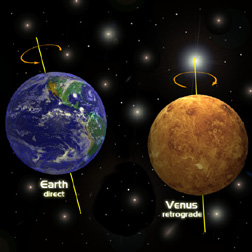
It depends on what kind of motion you are talking about. When seen from the north pole of the celestial sphere all planets orbit around the Sun in a counter-clockwise or direct path. Most planets also
...more
Almost everyone has a question or two about living in space. What do astronauts do in space? How do they do everyday things like eat, sleep and go to the bathroom? Well, this is our attempt to answer
...more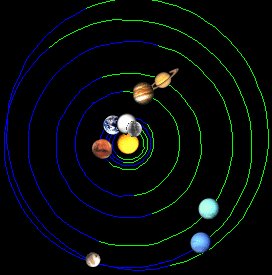
There is a really neat internet program called Solar System Live that shows the position of all of the planets and the Sun for any given day. If you go to that page, you'll see an image similar to the
...more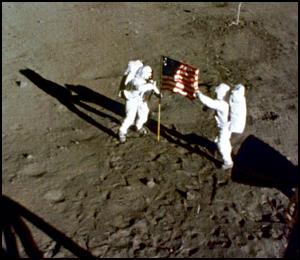
The picture of the American Flag (the one put there by the Apollo astronauts) is waving (or straight out) in the wind. How could that be possible if there is no atmosphere on the Moon? Was it some sort
...more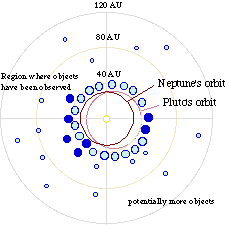
I was wondering if there is a new planet? Are there planets (a tenth planet?) after Pluto belonging to our solar system? What are the names of the new planets discovered in the solar system? Are there
...more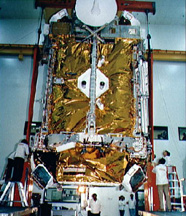
If that is so, the energy released during the Big Bang must have created many such black holes. Therefore most of the Energy of the Big bang must have disappeared in that form. Then how did the Universe
...more













